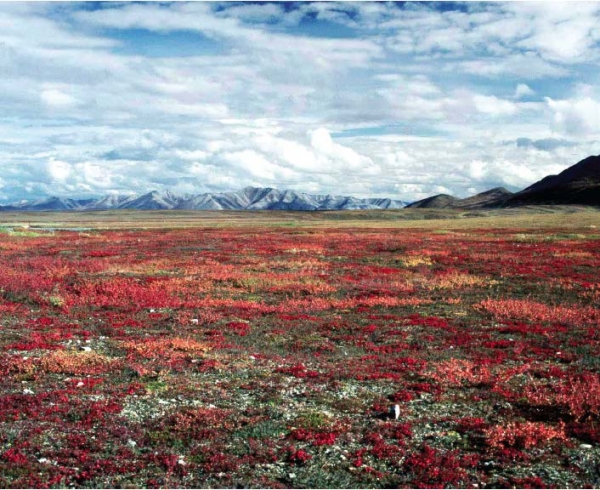The White House Office of Science and Technology Policy announced release of the five-year Arctic Research Plan, which was developed by the Interagency Arctic Research Policy Committee (IARPC). The announcement, as posted by Brendan P. Kelly and Simon N. Stephenson on 19 February 2013, follows:
Working Together to Understand and Predict Arctic Change
Today, the Administration's National Science and Technology Council released a five-year Arctic Research Plan that outlines key areas of study the Federal government will undertake to better understand and predict environmental changes in the Arctic. The Plan was developed by a team of experts representing 14 Federal agencies, based on input from collaborators including the Alaska Governor's Office, indigenous Arctic communities, local organizations, and universities. Seven research areas are highlighted in the Plan as both important to the development of national policies and well-poised to benefit from interagency collaboration, including among them: regional climate models, human health studies, and adaptation tools for communities.
Environmental changes in the Arctic such as rapidly-melting ice on land and at sea are not only having profound impacts on local Arctic populations but are also affecting more distant communities and businesses that depend on Arctic resources to thrive. Among an array of effects, melting land-ice contributes to rising sea levels, and will have costly implications for communities, businesses, and infrastructure located on coasts. Diminishing sea-ice changes the composition and distribution of species found in regional ocean waters and, as a result, forces communities that depend on those resources for food to alter their harvest practices and/or their diets. Waning sea ice accelerates global warming and alters circulation in the atmosphere and oceans in ways that change storm patterns in other parts of the world.
At the same time, Arctic indigenous peoples suffer shorter life expectancies and greater infant mortality rates than their respective national populations. Native peoples also experience a high prevalence of infectious diseases and health impacts associated with exposures to environmental pollutants and rapid environmental change. Scientific research to improve fundamental understanding of these issues and their interactions with the changing environment is critical to developing on-the-ground strategies and national policies to help communities respond.
Among a number of other activities, the new five-year plan calls for the Department of Agriculture, Department of the Interior, Department of State, Environmental Protection Agency, National Oceanic and Atmospheric Administration, National Science Foundation, and the Smithsonian Institution to work together to assess the resilience and vulnerabilities of Arctic communities to the impacts of climate change. That assessment will aim to provide Arctic residents, community leaders, and policy makers at all levels of government with the knowledge needed to plan and adapt.
The research plan released today does not encompass all Federal Arctic research activities that will occur over the next five years. It does, however, provide a roadmap for unprecedented collaboration between agencies on high impact research activities that will provide a solid scientific basis for on-the-ground progress in the Arctic. It also complements a number of steps being taken by the Administration to enable data-driven and science-based stewardship in the Arctic region, including the recent launch of regionally-focused data communities on ocean.data.gov.

To read the full report, please click here.
To learn more about the Arctic environment, please click here.
The National Science and Technology Council (NSTC) is the principal means by which the Executive Branch coordinates science and technology policy across the diverse entities that make up the Federal research and development enterprise. A primary objective of the NSTC is establishing clear national goals for Federal science and technology investments. The NSTC prepares research and development strategies that are coordinated across Federal agencies to form investment packages aimed at accomplishing multiple national goals. More information is available here.
Brendan P. Kelly is Assistant Director for Polar Sciences at OSTP
Simon N. Stephenson is Head of the Arctic Sciences Section at the National Science Foundation
